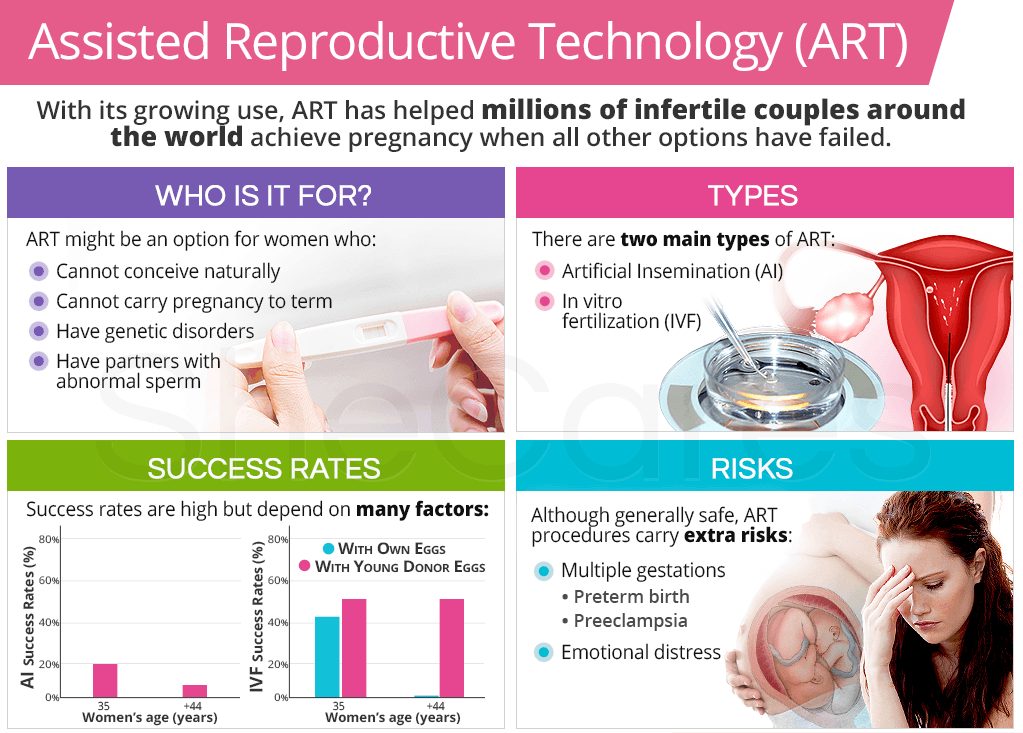Context:
The Union Government recently informed the Kerala High Court that transgender persons are not eligible to avail Assisted Reproductive Technology (ART) under the current ART (Regulation) Act, 2021 and its Rules. The submission came in response to a petition filed by a trans man seeking permission to cryo-preserve his gametes for future reproduction.
Government’s Stand before the High Court:
The Union Government, in its affidavit, defended the exclusion, arguing that extending ART services to transgender individuals is a policy matter. The government said it must assess the welfare of children born through ART and that such decisions require expert inputs.
· Further, the government pointed out that adoption laws already restrict unmarried and queer couples from adopting, linking ART access to wider social and regulatory concerns.
· The Kerala High Court has adjourned the matter, giving the petitioner time to file a reply to affidavit.
About ART (Regulation) Act, 2021:
The Assisted Reproductive Technology (Regulation) Act, 2021 (“ART Act”) was enacted to regulate fertility clinics, gamete banks, and ART procedures, ensuring ethical practices and protecting the rights of donors and recipients.
· According to the Act’s definitions, “commissioning couple” refers to a married infertile couple.
· The Act uses the gender-specific term “woman” in its definition of eligible recipients.
· Under the Act, ART services are explicitly available only to (a) infertile married couples, and (b) single women.
· Thus, single men, unmarried couples, live-in couples, LGBTQ+ individuals, and transgender persons are effectively excluded from accessing ART under this law.
Broader Issues and Implications:
1. Gaps Between ART Laws and Transgender Rights
While the Transgender Persons (Protection of Rights) Act, 2019 recognizes the rights of transgender individuals, including equality and non-discrimination, the ART Act:
-
-
- Does not incorporate gender-inclusive reproductive rights, and
- Adopts a heteronormative and binary understanding of family structures.
- Does not incorporate gender-inclusive reproductive rights, and
-
This creates legal inconsistencies in India’s rights-based framework.
2. Reproductive Autonomy vs. Legislative Design
The case raises crucial questions:
-
-
- Does a transgender person have the right to reproductive autonomy under Article 21?
- Should reproductive technologies be restricted based on gender identity?
- Can legislative intent override evolving social realities and constitutional protections?
- Does a transgender person have the right to reproductive autonomy under Article 21?
-
3. Child Welfare Considerations
The government argues that:
-
-
- ART regulations aim to safeguard the psychological and social well-being of children born through reproductive technologies.
- Policy expansion must be based on expert evaluation, not judicial direction.
- ART regulations aim to safeguard the psychological and social well-being of children born through reproductive technologies.
-
Conclusion:
The ongoing case highlights the tension between individual rights, legislative intent, and societal norms in India’s reproductive rights landscape. As the Kerala High Court continues to hear the matter, the debate is likely to spark broader discussions on gender-inclusive policies, the scope of reproductive autonomy, and the harmonization of various laws governing family and child welfare. The outcome may have far-reaching implications for reproductive justice and transgender rights in India.







